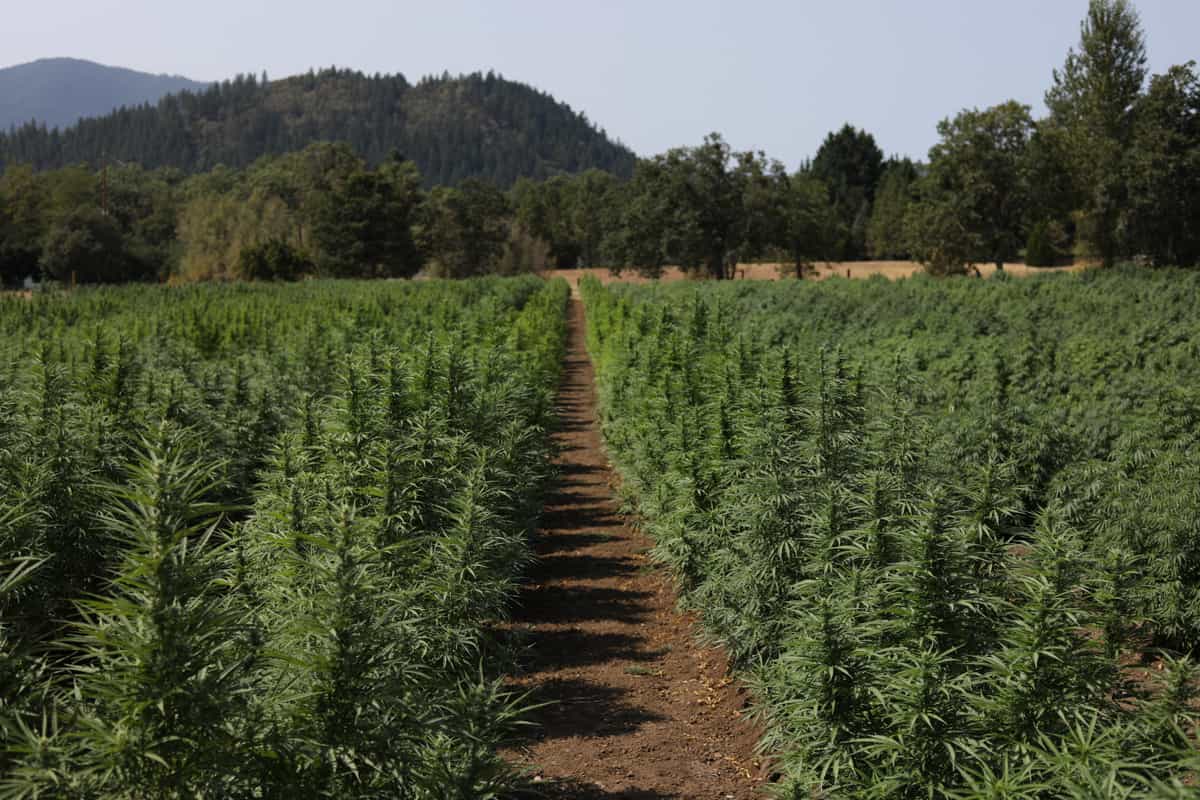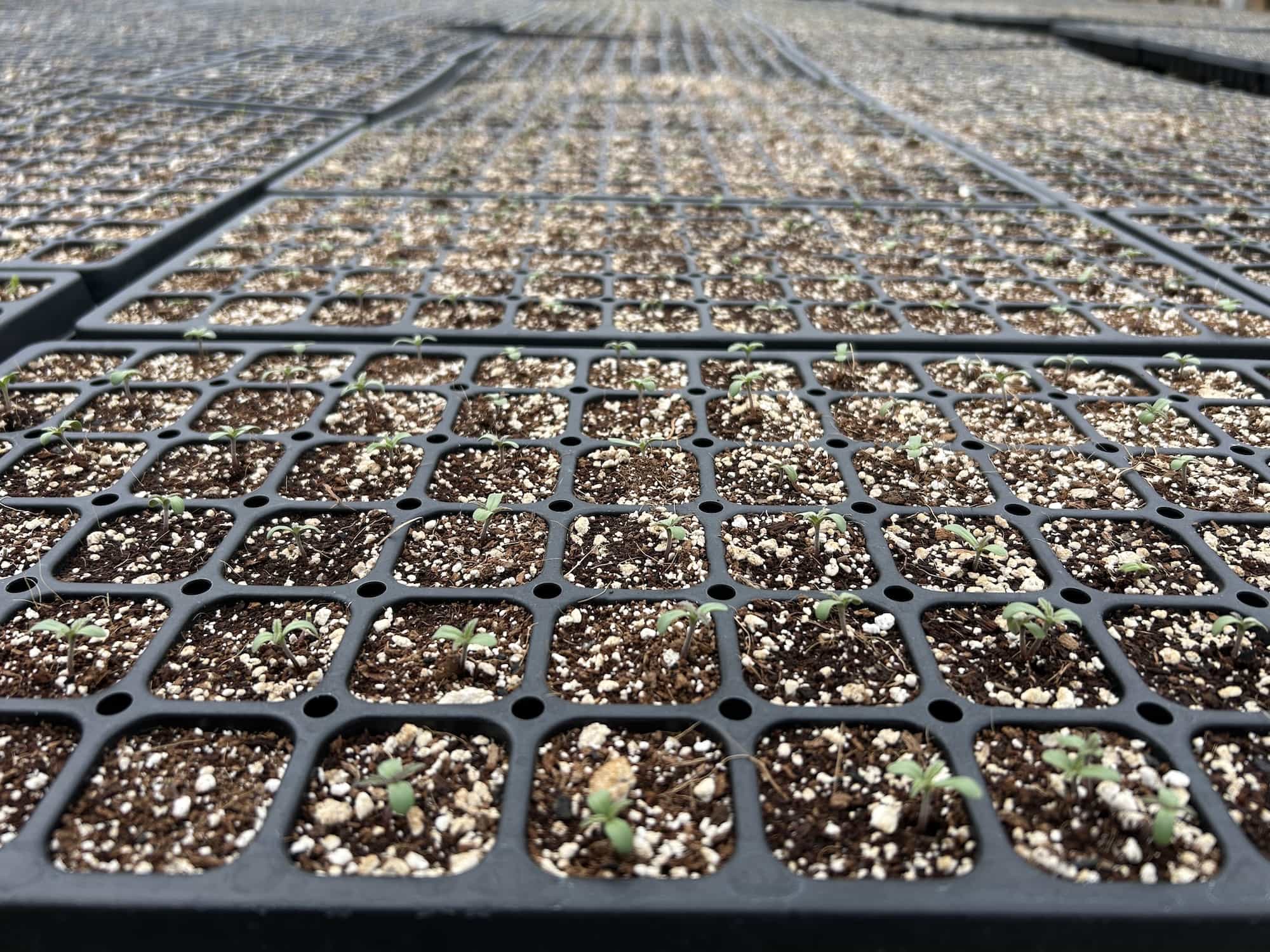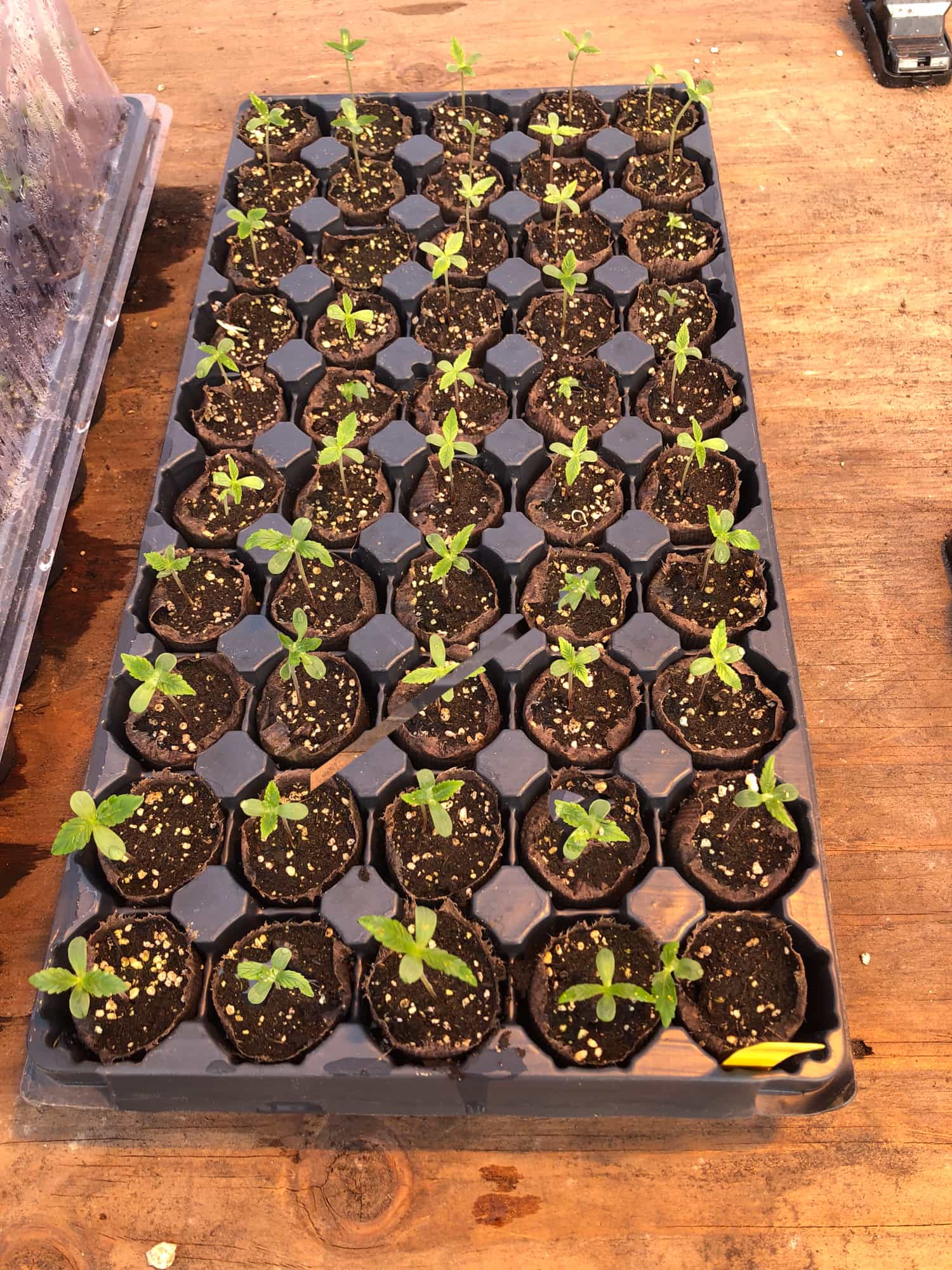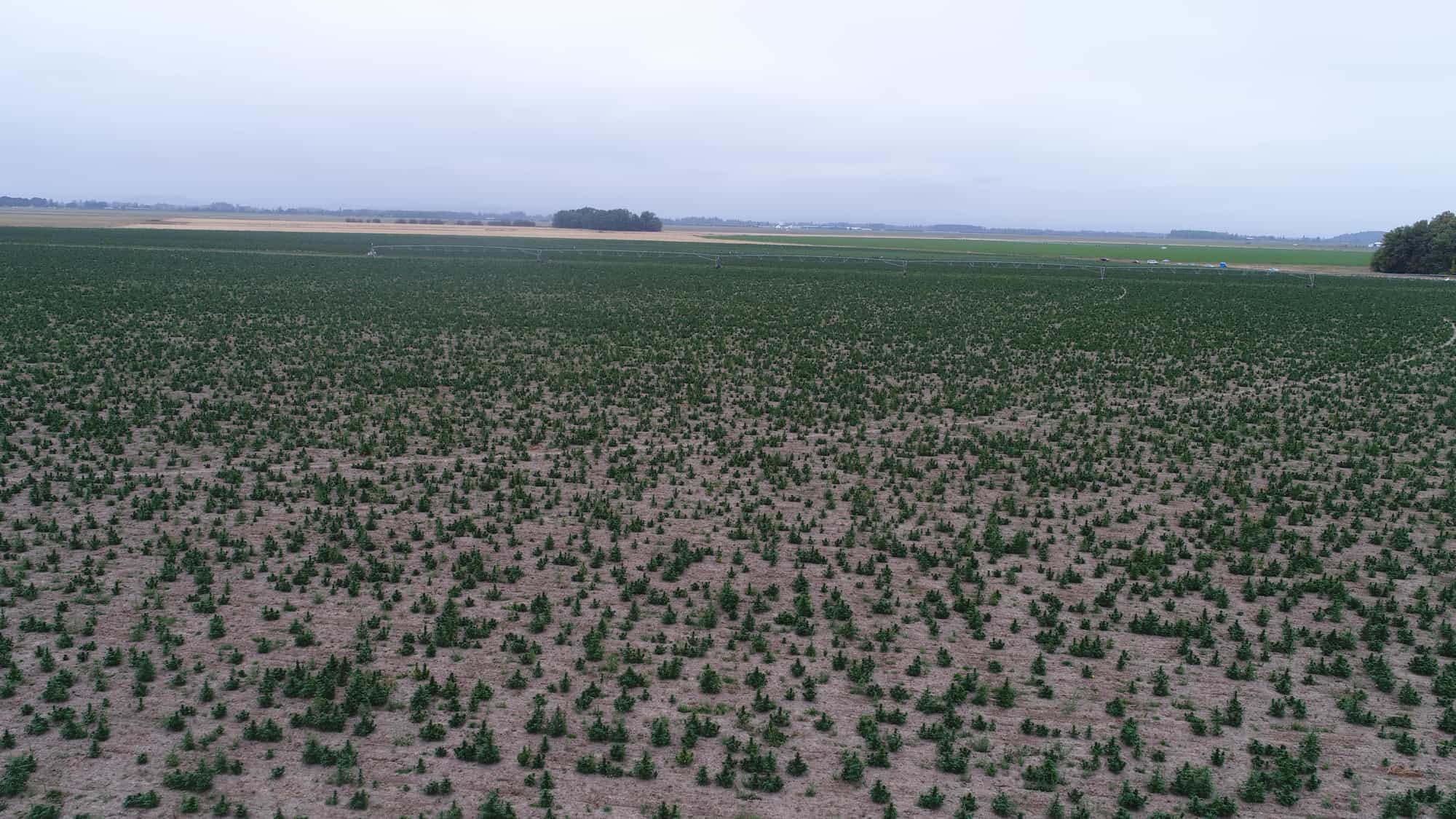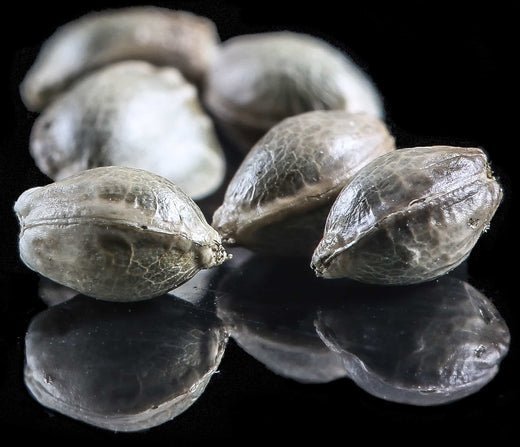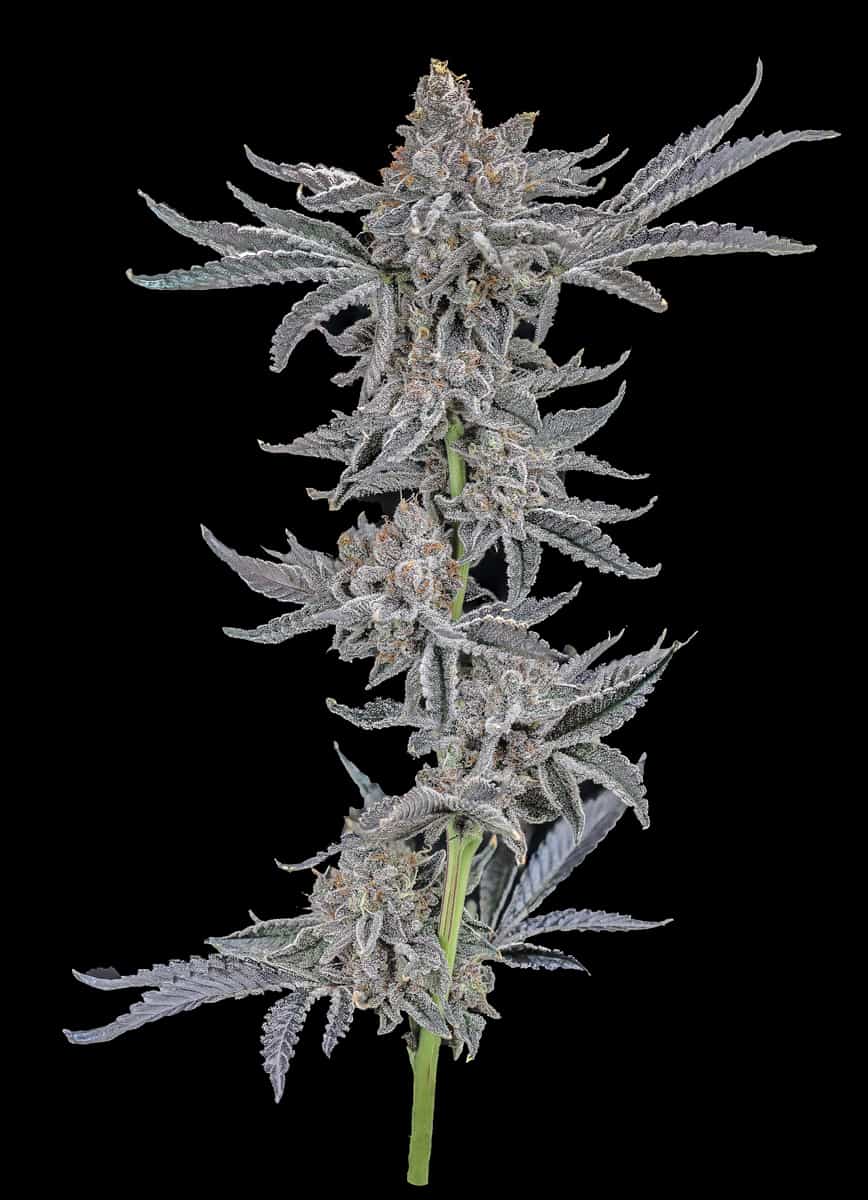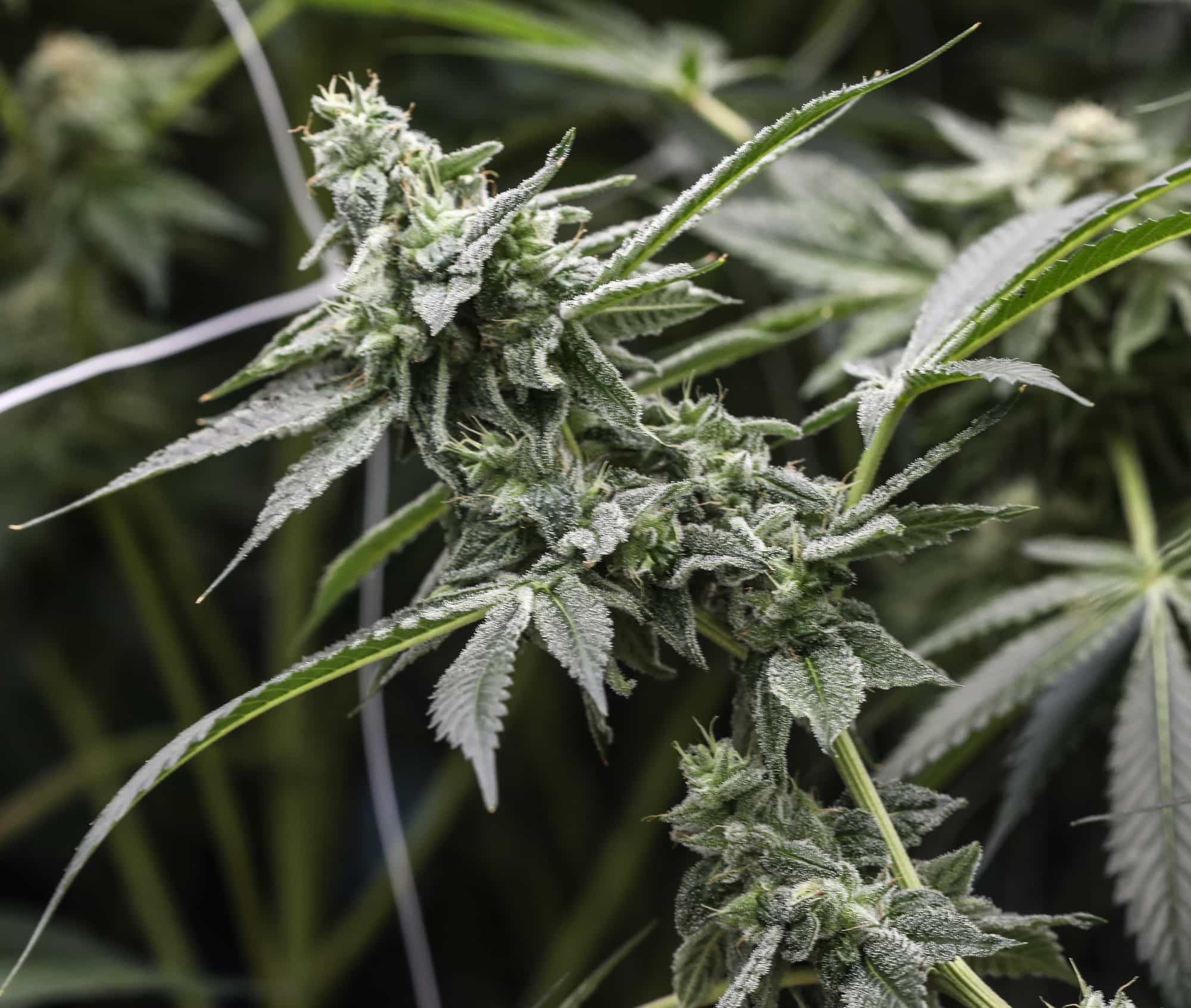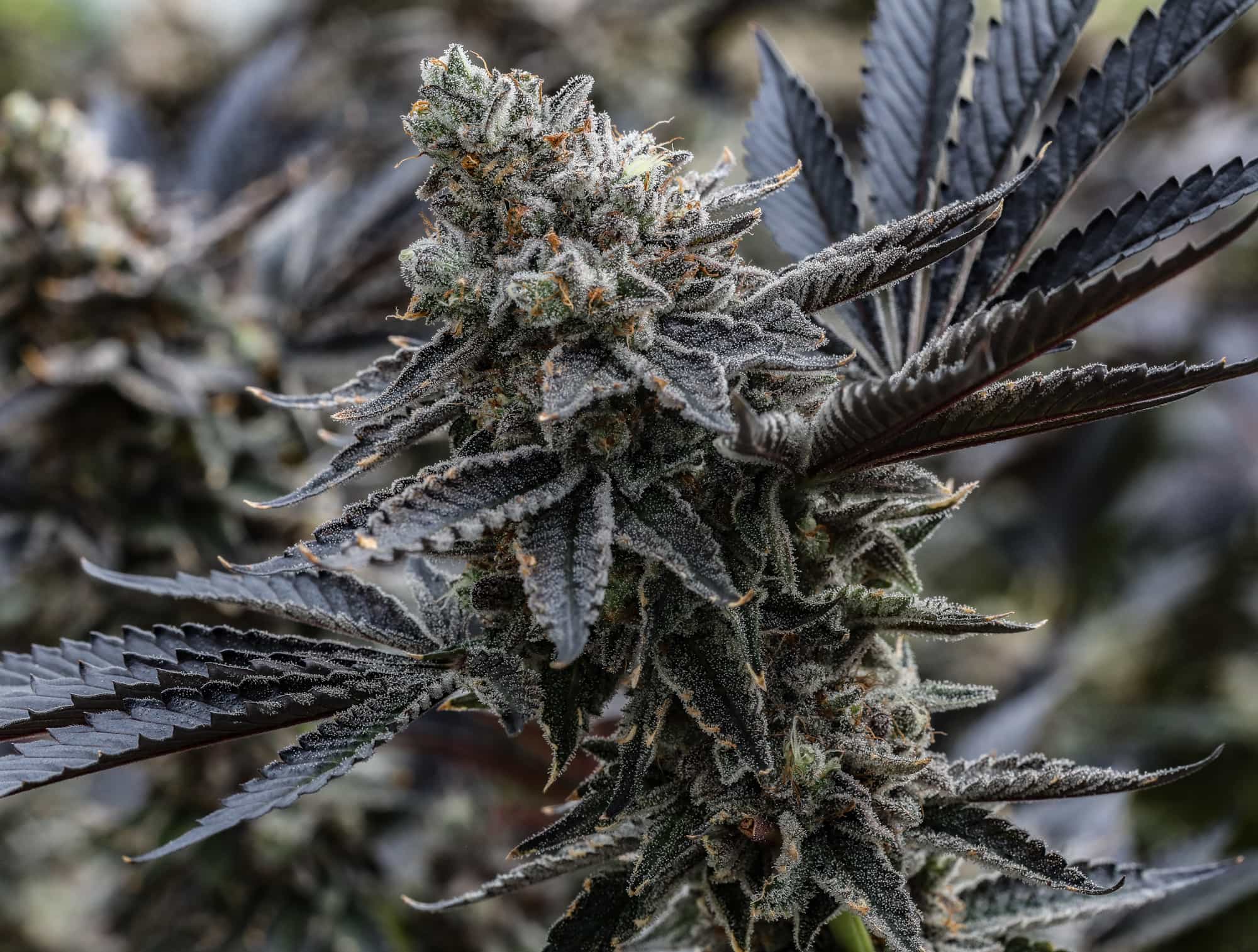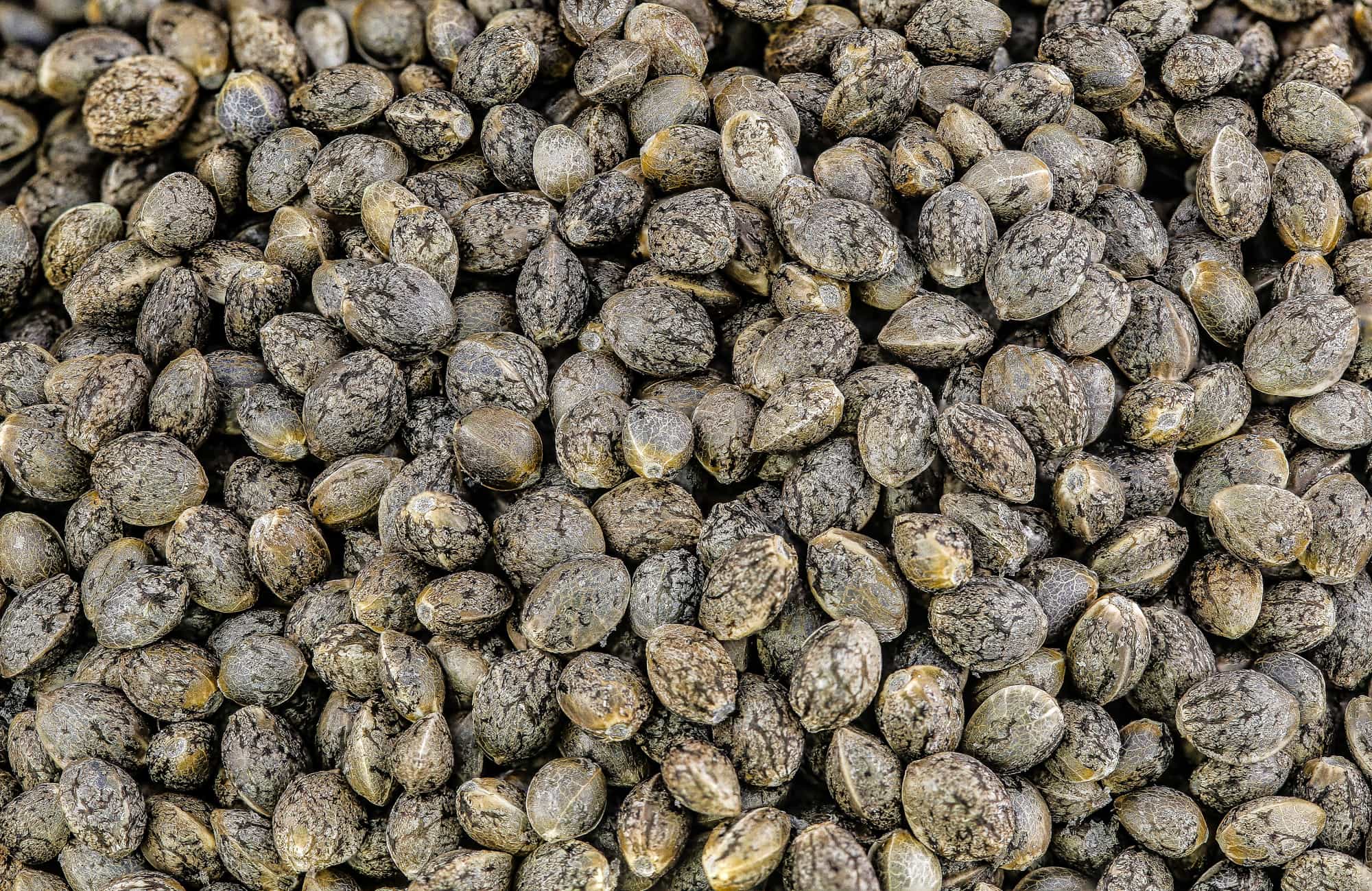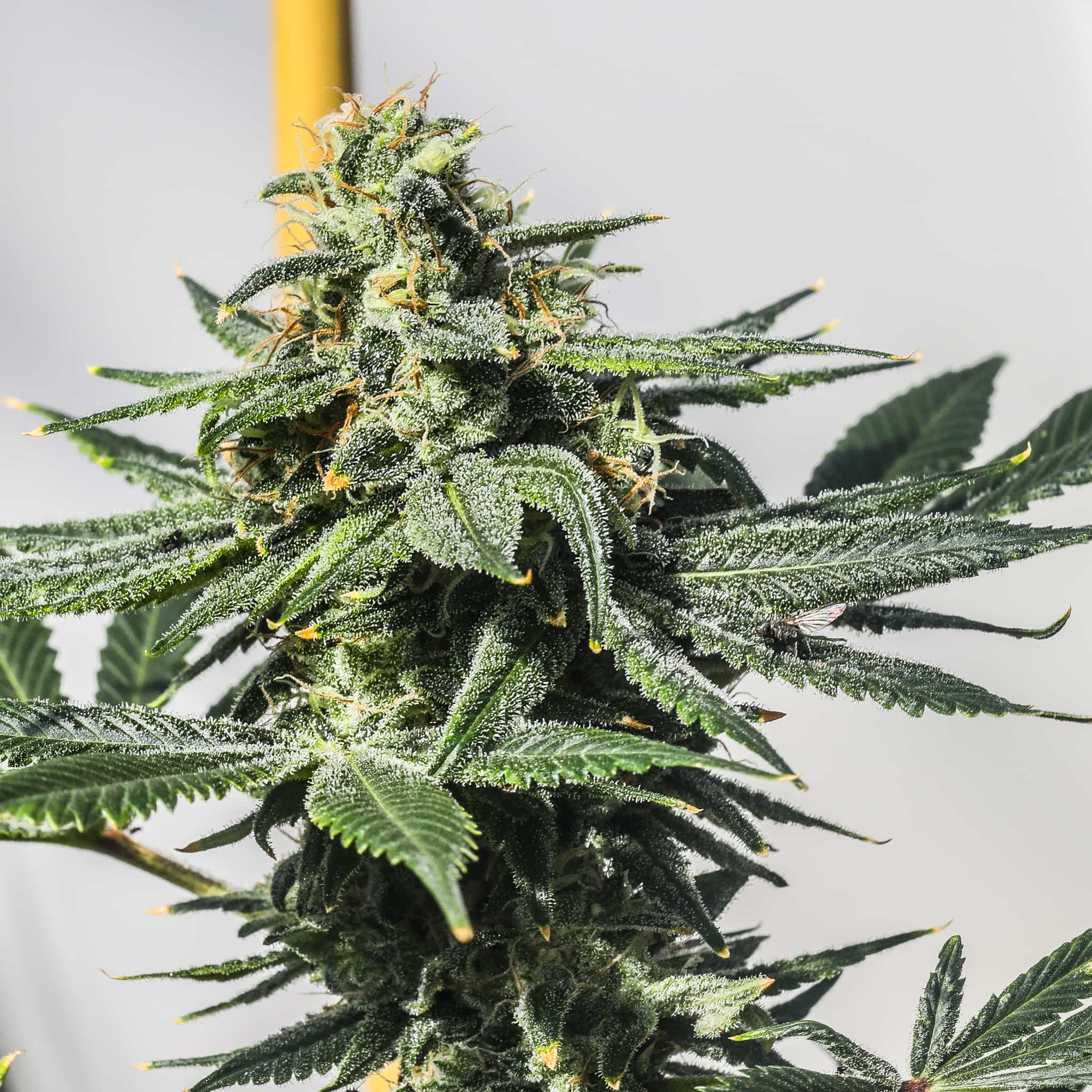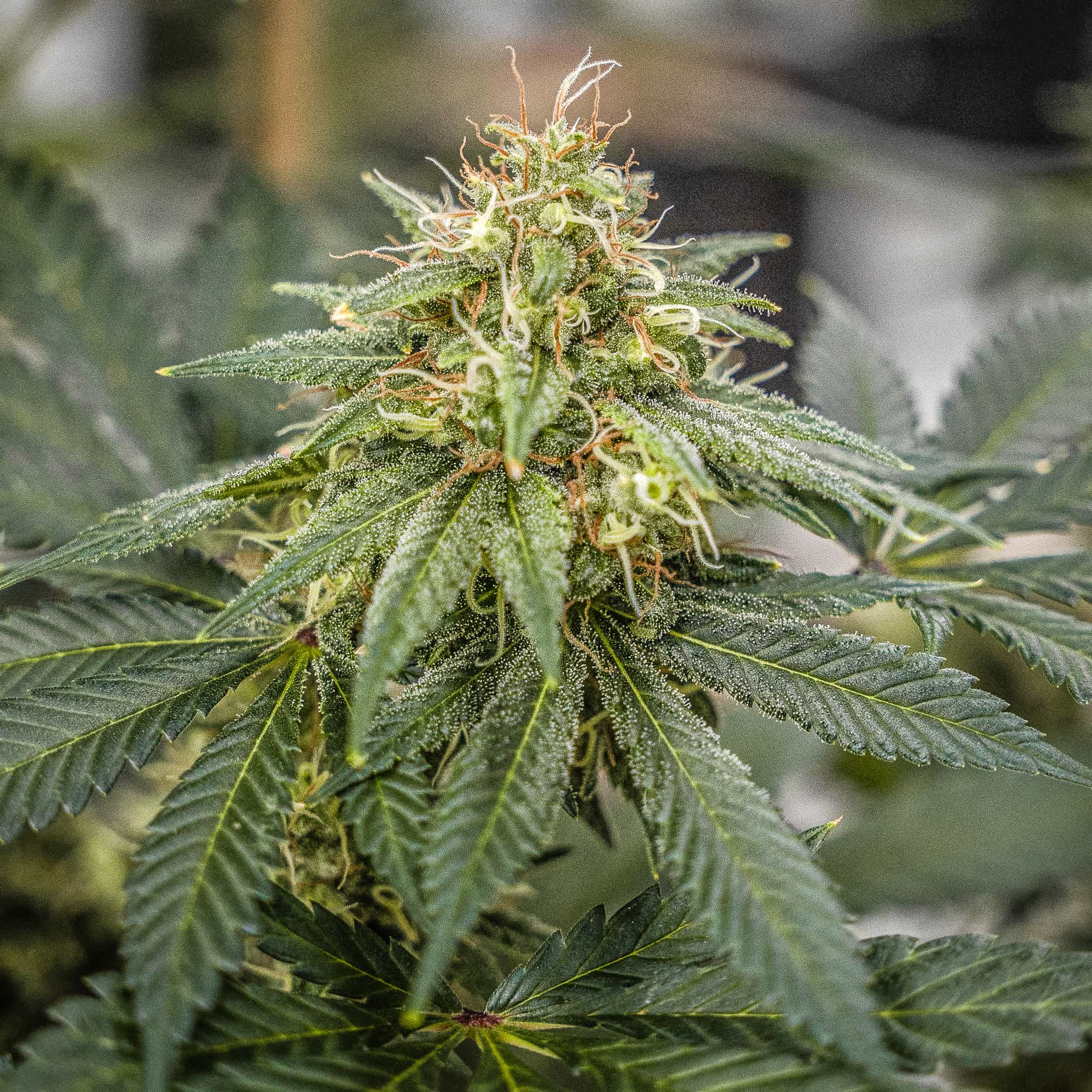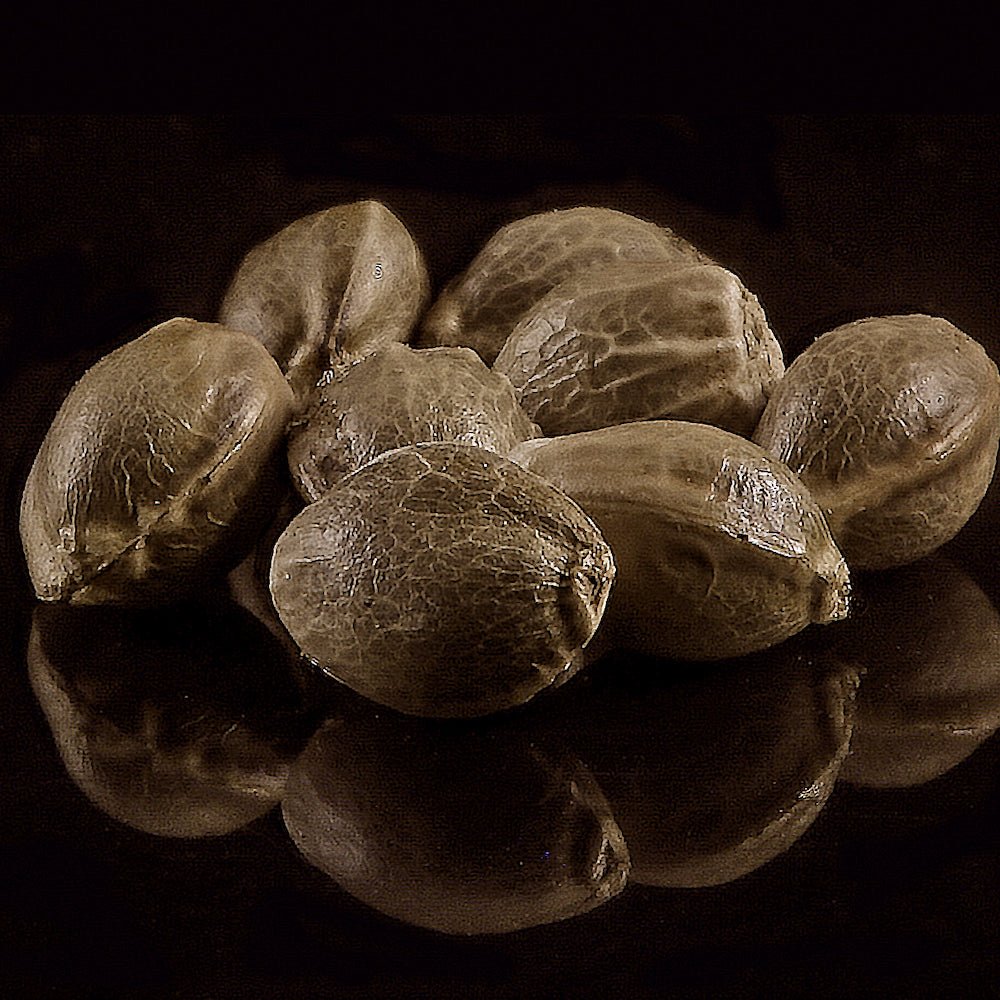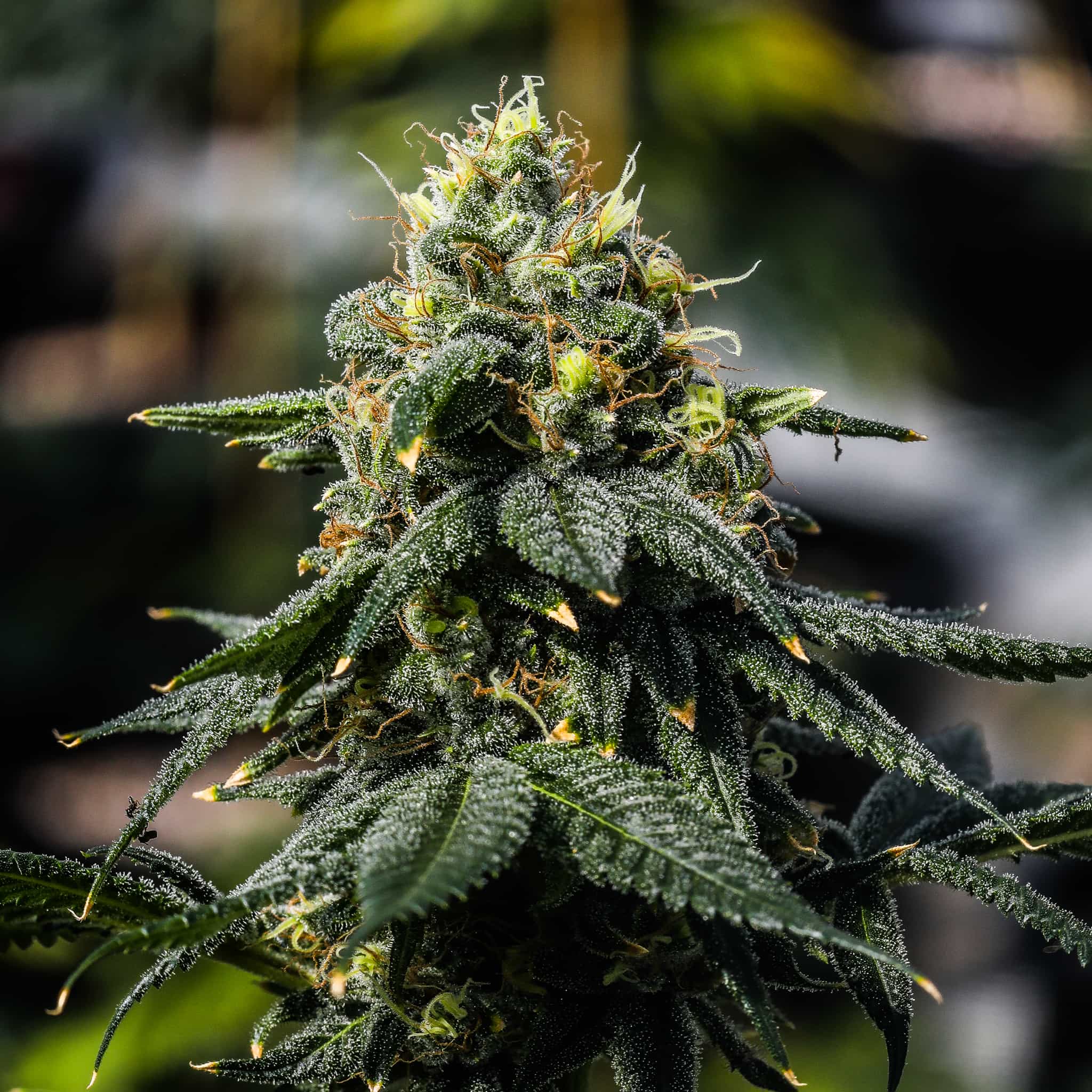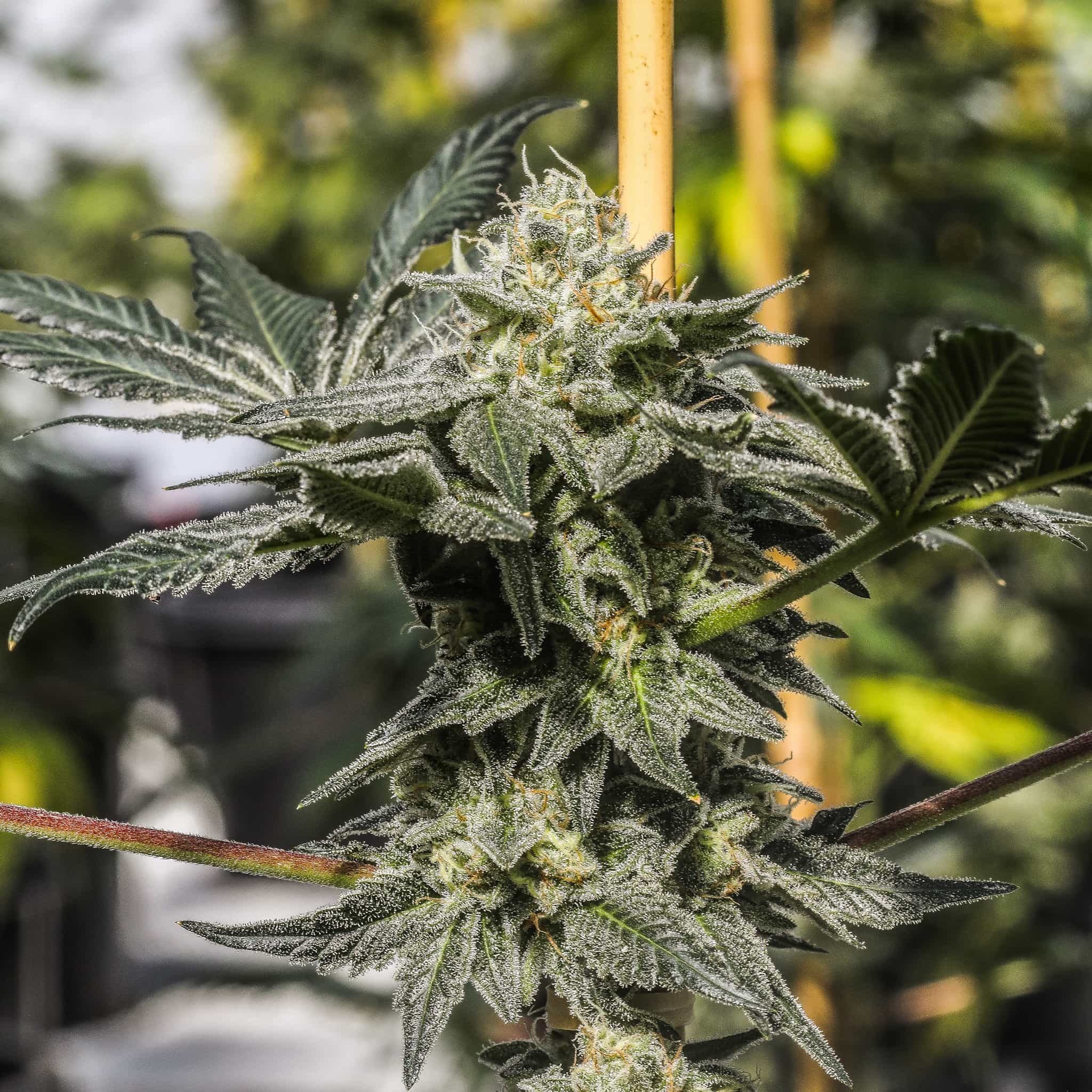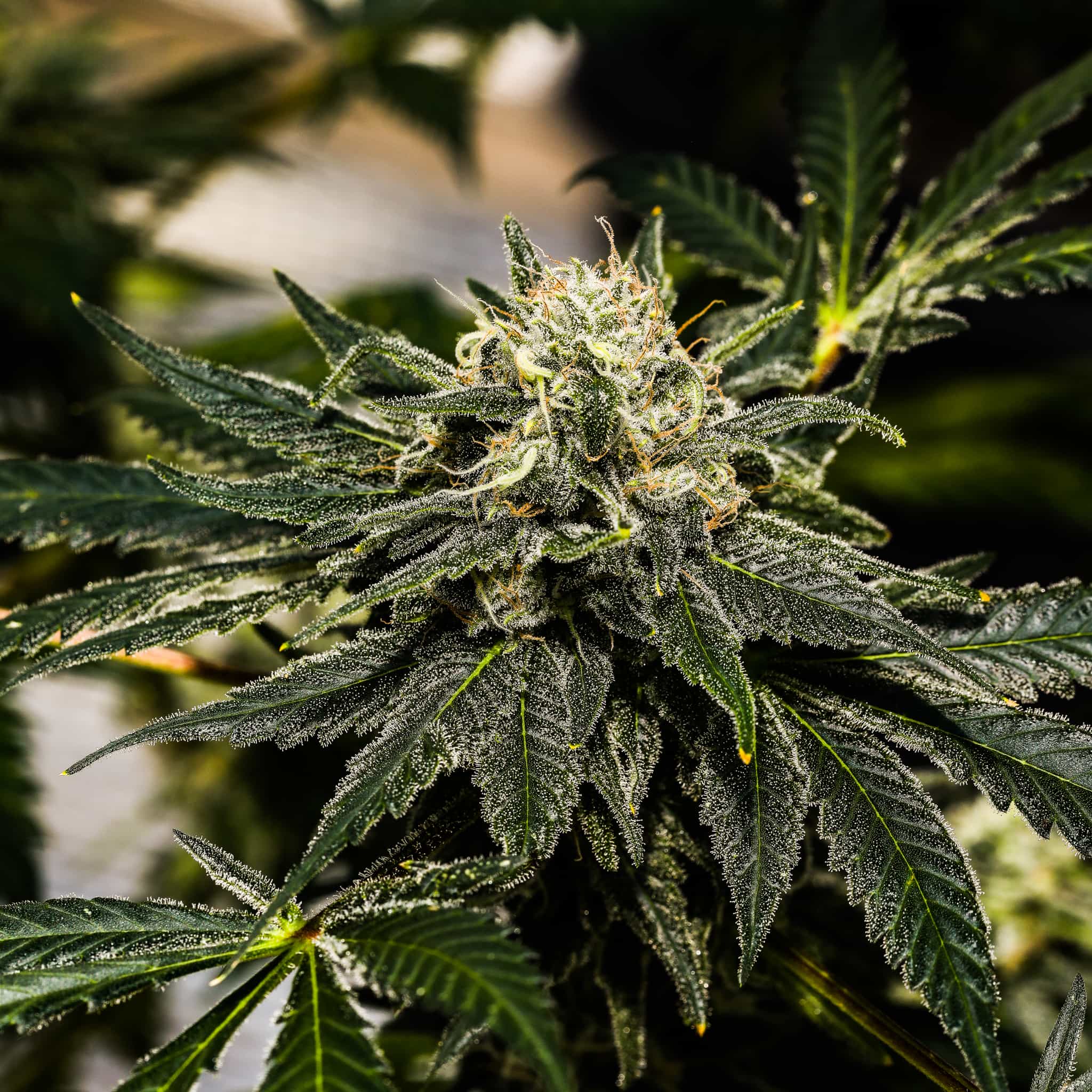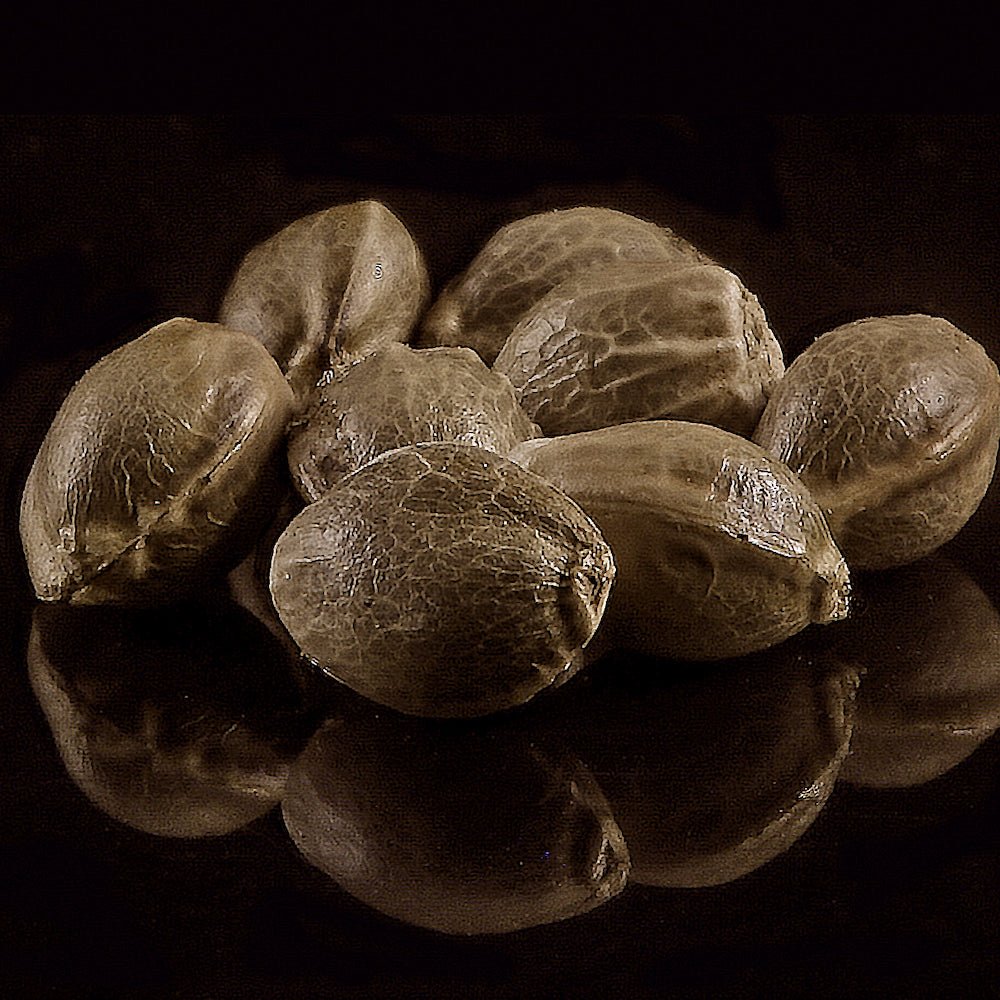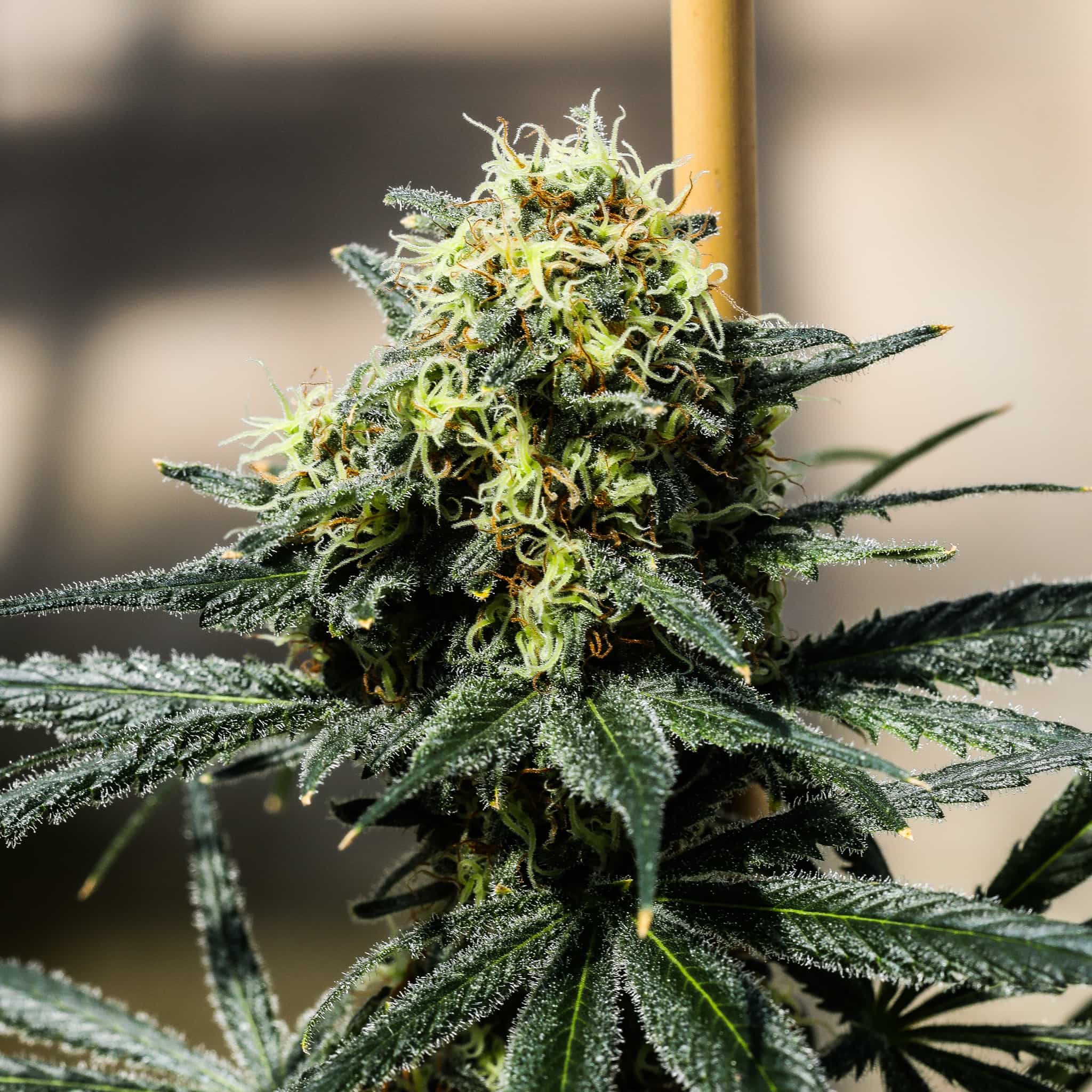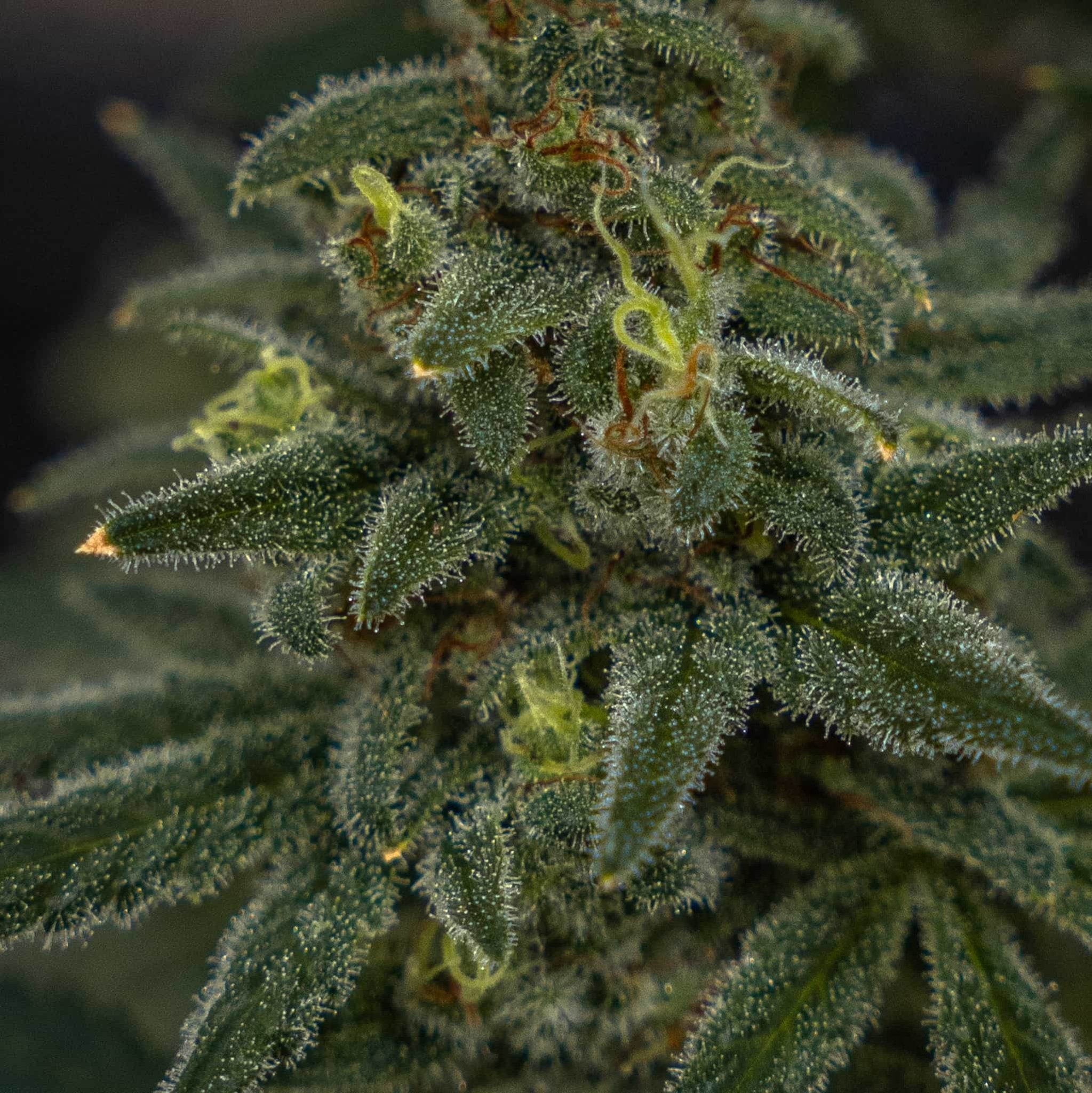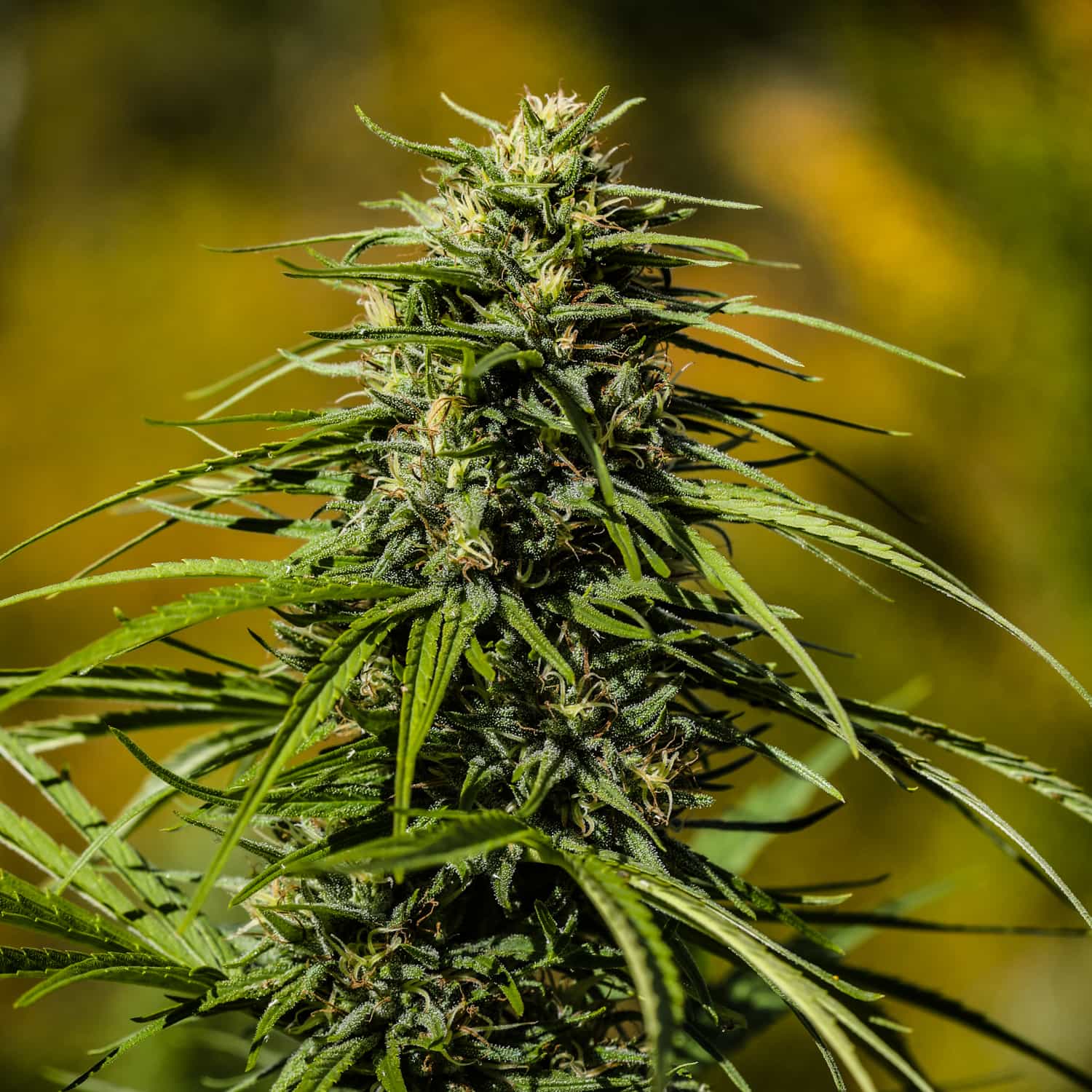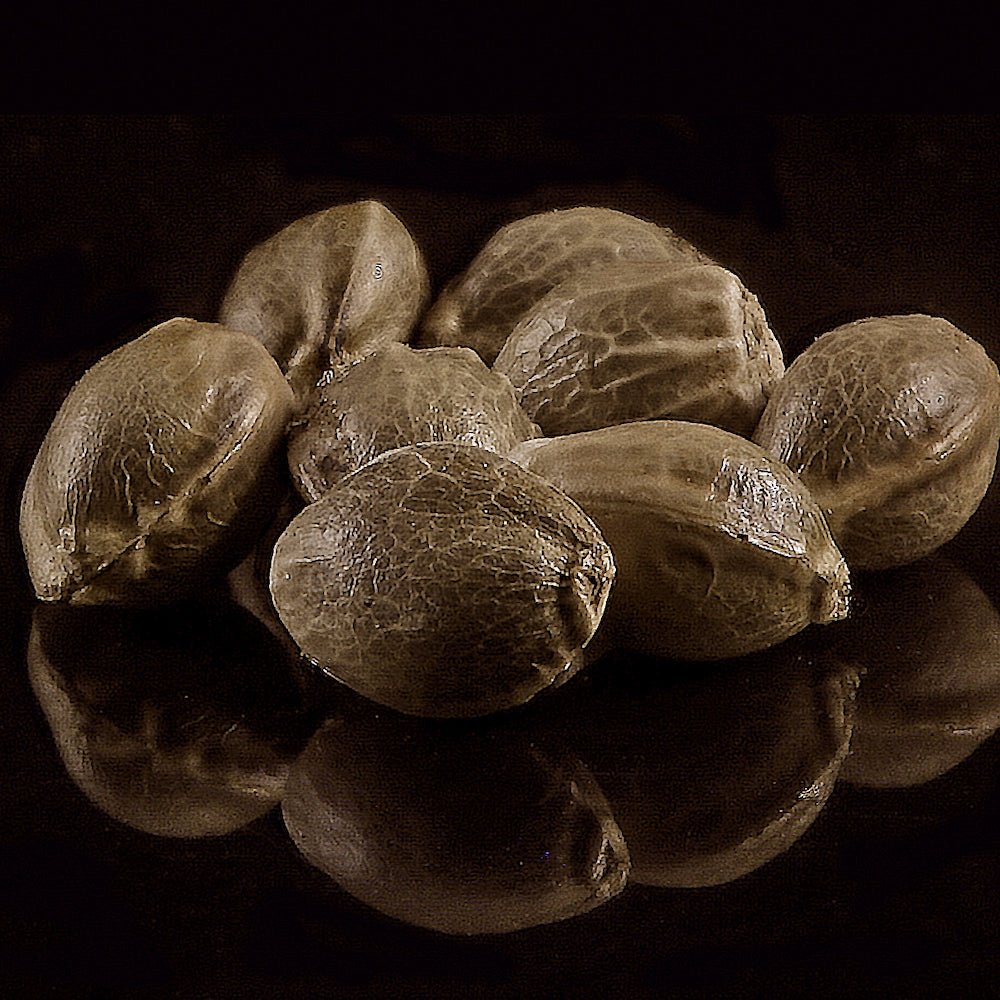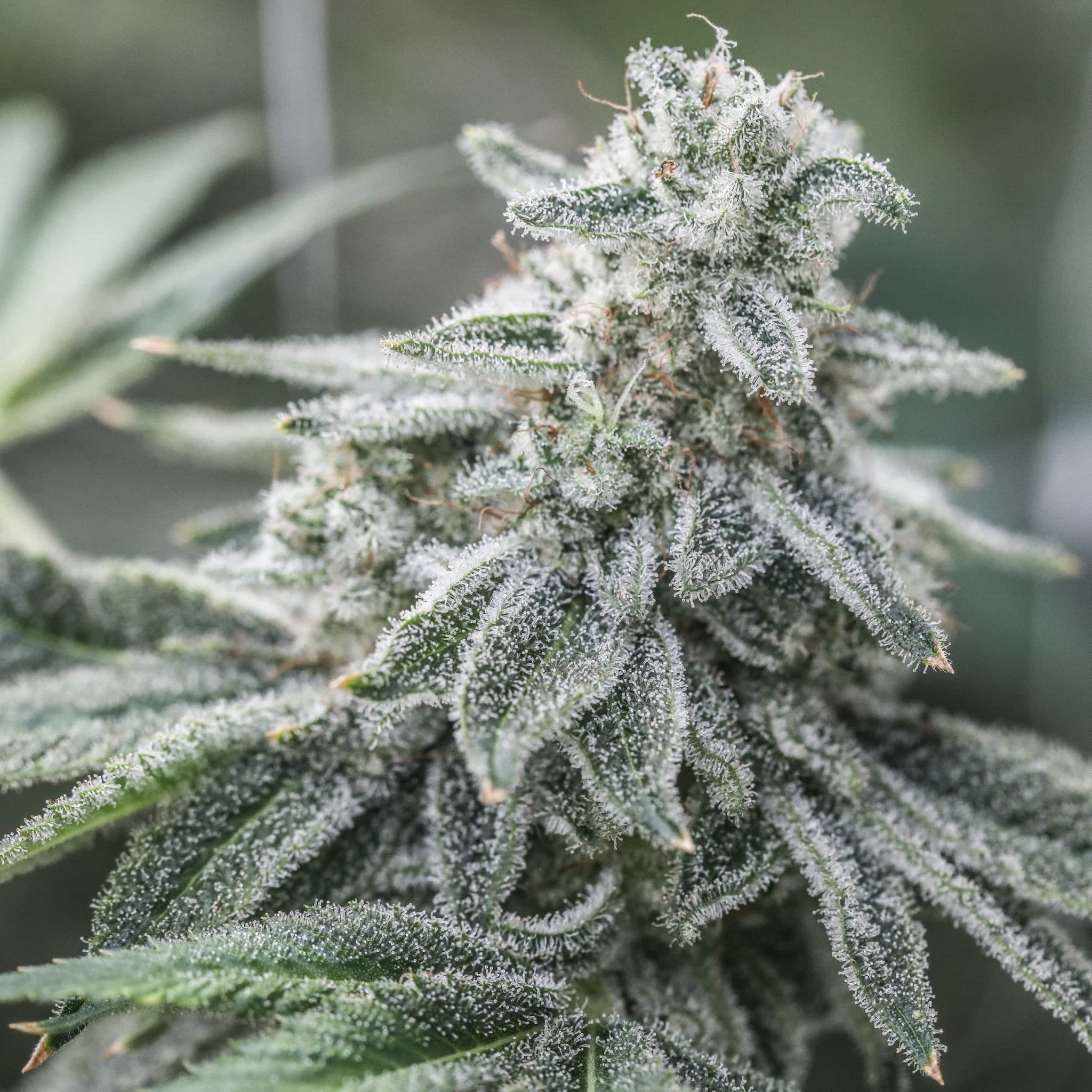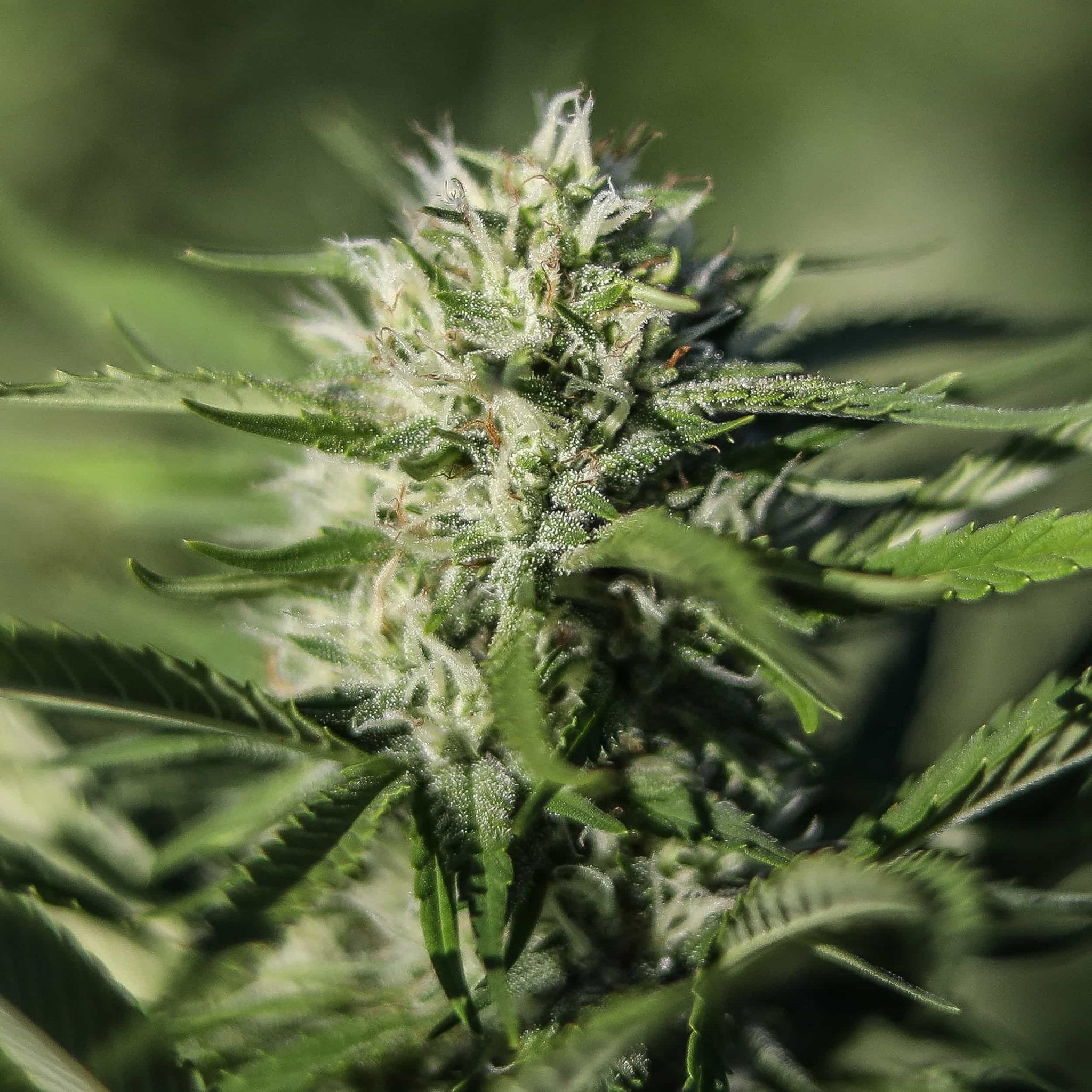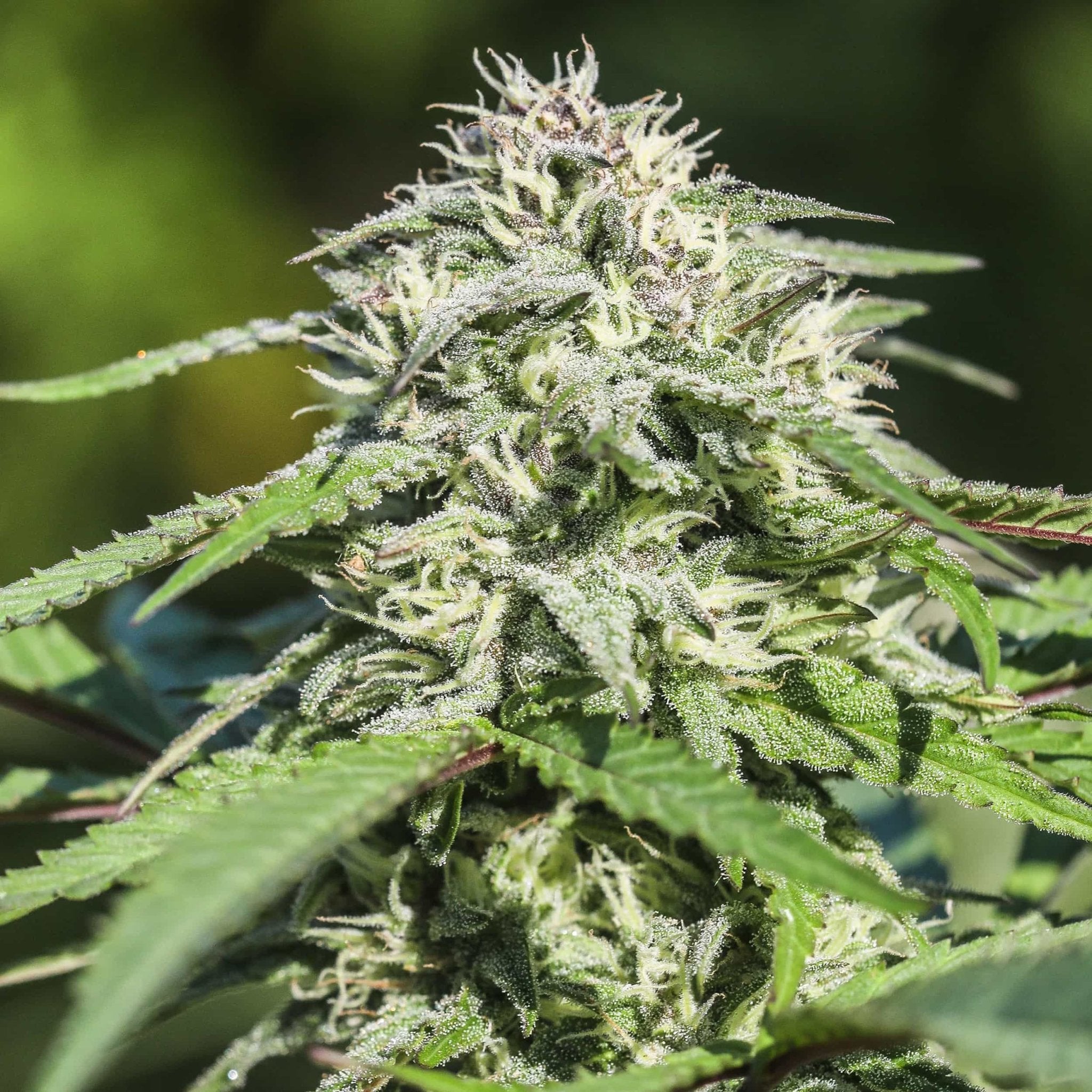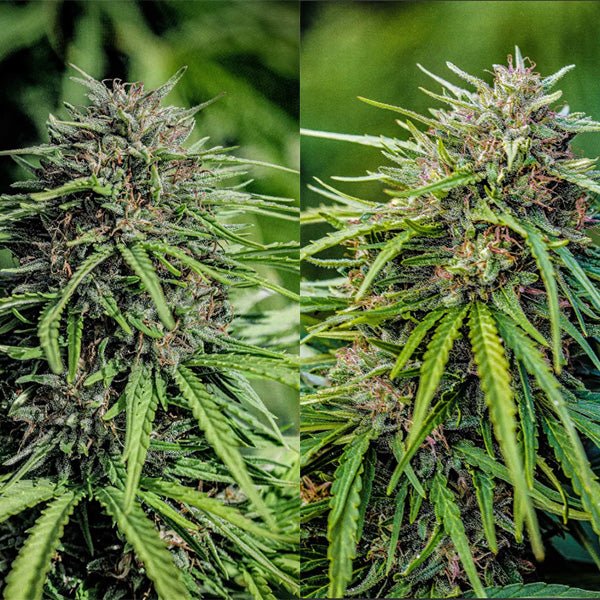One of the critical considerations for farmers looking to maximize their yield is determining the optimal number of CBD seeds or CBG seeds to plant per acre. This decision can significantly influence the overall success of the crop and the profitability of the operation. After nearly a decade of working with farmers across the US and the world - we've learned a few things.
Choosing Plant Density - How Many Seeds Per Acre
Plant density refers to the number of plants grown per unit area, typically measured per acre. For CBD and CBG hemp farming, this density can vary based on several factors, including:
-
CBD or CBG Cultivar Type: In general we breed all of our genetics to be large bushy plants, but in the case of autoflowers, they rarely fill the same canopy space as a full season plant. Our triploid varieties can grow very large and over fill spacing.
-
Soil Quality and Health: Rich, well-drained soil may support higher plant densities, while poorer soil may necessitate fewer plants to ensure each one has access to adequate nutrients and water. But poor soil's also may require more plants to fill the canopy.
-
Irrigation and Nutrient Management: Effective irrigation and nutrient management practices can support higher plant densities by ensuring that each plant receives sufficient resources.
Recommended Planting Density
While the optimal number of CBD seeds per acre can vary, general guidelines can help farmers make informed decisions:
1. Standard Recommendations
- 1,500 to 3,000 Plants per Acre: This is a common range for many CBD and CBG hemp farmers. For most of our cultivars, starting around 2,000 seeds per acre tends to balance the potential yield with plant health. This is for field planting seedlings that were started in May and field planted in early June - in the Northern Hemisphere.
2. Spacing Considerations
-
Row Spacing: A common practice is to space rows about 4 to 6 feet apart, depending on the equipment used for maintenance and harvesting. Within the rows, plants can be spaced 2 to 6 feet apart - the narrowest spacing only for our autoflower varieties, or short season crops. Spacing of 6 feet between rows and 4 feet between plant centers is around 2,000 plants per acre - and our most common recommendation for full season plants.
-
Planting Date: The earlier in the season a farmer plants, the larger the plants will be and the bigger spacing that they will fill. We recommend planting in early June in the Northern Hemisphere at around 2,000 plants per acre. For late June/early July we recommend around 3,000 plants per acre. For August plantings we recommend 4,000 seeds per acre.
- Cultivar Choice: For our autoflower varieties we generally recommend 3,000-4,000 seeds per acre with Sour RNA Seedless and Auto Skunk THCV, and 4,000-8,000 seeds per acre with Auto CBG. With our triploid seeds, or seedless varieties plants can grow very large and some growers opt for larger spacing.
3. Factors Influencing Density
-
Desired Yield: If a farmer aims for maximum biomass production for extraction, a higher density might be preferable. Most of our biomass producers grow around 3,000 seeds per acre. Conversely, if focusing on the quality of flower for CBD production, lower densities may enhance overall bud quality and cannabinoid concentration. We have also seen a trend among our flower producers of planting later in the season at lower densities.
-
Pest and Disease Management: Higher plant densities can lead to increased competition for nutrients and water, making plants more susceptible to stress and disease. Maintaining appropriate spacing can help mitigate these risks.
-
Planting Methods: If you plan to plant seeds directly into your fields, without starting them first in a greenhouse or indoors - planting at densities between 7,000-10,000 seeds per acre is recommended for our full season varieties. Germination rates are always significantly lower with direct sow planting
methods.
- Latitude: If you are located in latitudes south of the Tropic of Cancer, and north of the Tropic of Capricorn, our varieties need to be planted at higher densities to fill canopies. Because of their day length sensitivities - they will perform similar to autoflowers. Plants will grow vegetatively for 5-6 weeks and flower for the following 8-10 weeks. You can plant 2-4 crops per year, but we recommend densities of around 4,000 plants per acre.
Adjusting for Local Conditions
Farmers should also consider local environmental factors that may affect planting density:
-
Climate: Warmer, sunnier climates may support denser plantings, while regions with wet growing seasons may require more space for each plant to thrive. More airflow between plants can help combat pests and disease. While plants in warmer sunnier clients may grow significantly larger than those in wet or cool climates.
-
Soil Type: Sandy or loamy soils might support higher densities than heavy clay soils, which can retain water and lead to root rot in tightly packed plants. Heavy clay soils tend to also produce smaller plants, so growers may want to increase their planting density to fill their canopies.
Monitoring and Adjusting
Once planting begins, ongoing monitoring is crucial:
-
Growth Observation: Regularly check plant health, growth rates, and overall vigor. Adjusting nutrient and water applications based on plant needs can improve outcomes.
-
Harvesting: Consider how plant density will impact harvesting techniques. Densely planted fields may require specialized equipment to ensure efficient harvesting without damaging the plants.

